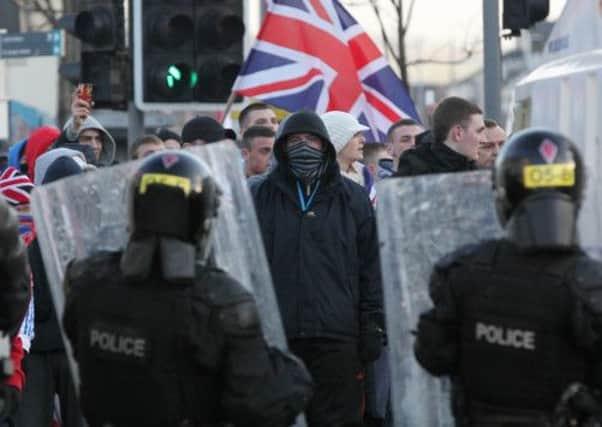Peter Geoghegan: Ireland is haunted by past


When you live and work in Northern Ireland, as I did for many years, you can become used to shocking stories about the past. You meet people who saw their loved ones murdered, others for whom checking for car bombs was a quotidian chore, and some who live to this day with the mental and physical scars of 30 years of violence.
With so many appalling tales from the Troubles you do – or, at least, I did – become inured to the accounts of terrible suffering. Everything takes on a grey tinge. Northern Ireland’s past loses its capacity to shock.
Advertisement
Hide AdAdvertisement
Hide AdOr so I thought before settling down to watch last week’s Panorama from the comfort of my living room in Glasgow. In Britain’s Secret Terror Force, journalist John Ware lifted the lid on a British Army unit tasked with “hunting down” IRA members in Belfast in the early 1970s.
At a time when the sectarian conflict was escalating – and a time when there was a tangible chance for peace – clandestine, plain-clothes members of the British army drove around Belfast in unmarked cars. The Military Reaction Force (MRF) shot at targets in republican areas, often using the same weapons as the IRA. “We were not there to act like an army unit, we were there to act like a terror group,” one former MRF soldier told Ware. The force killed at least two men in drive-by shootings who had no paramilitary connections and injured more than ten other civilians.
Shocking barely begins to cover it.
But the MRF revelations are not the only disturbing accounts from Northern Ireland’s past to emerge in recent weeks. Earlier this month another BBC documentary, the Disappeared, unravelled the story of the people murdered and buried in secret graves, often bogs, by the IRA.
Since 1999, when the IRA admitted responsibility for the killings, the families have quietly, stoically searched for the remains of their loved ones. Some have been successful; others have not. All have had their lives blighted by the senseless suffering inflicted upon them.
The past is nothing if not ecumenical. Last month, saw the publication of Lethal Allies by former journalist Anne Cadwallader. In painstaking, meticulous detail Cadwallader examines the killings of more than 120 people by loyalist paramilitaries between 1972 and 1976.
Her conclusion: the killers, members of a notorious Ulster Volunteer Force gang, were working in collusion with the Royal Ulster Constabulary and the Ulster Defence Regiment.
Fifteen years after the Good Friday Agreement, the past is very much the present in Northern Ireland. Indeed, as exposés on state collusion with loyalist death squads, IRA victims thrown in shallow graves and British Army units acting like paramilitaries were grabbing headlines and audience share, former US envoy Richard Haass was meeting representatives from the five executive parties at Stormont in an attempt to find a consensus on parades, flags and dealing with the past. Haass has set a deadline of the end of the year for a cross-party deal.
The reason that past refuses to stay past is simple: while the agreements reached between nationalism and unionism has created a reasonably inclusive new institutional regime, they never attempted to address issues such as cultural symbols, tolerance and the building of a pluralist Northern Irish society. Sinn Fein and the Democratic Unionist Party might share power in Stormont but they do not share a vision for the future, or the past.